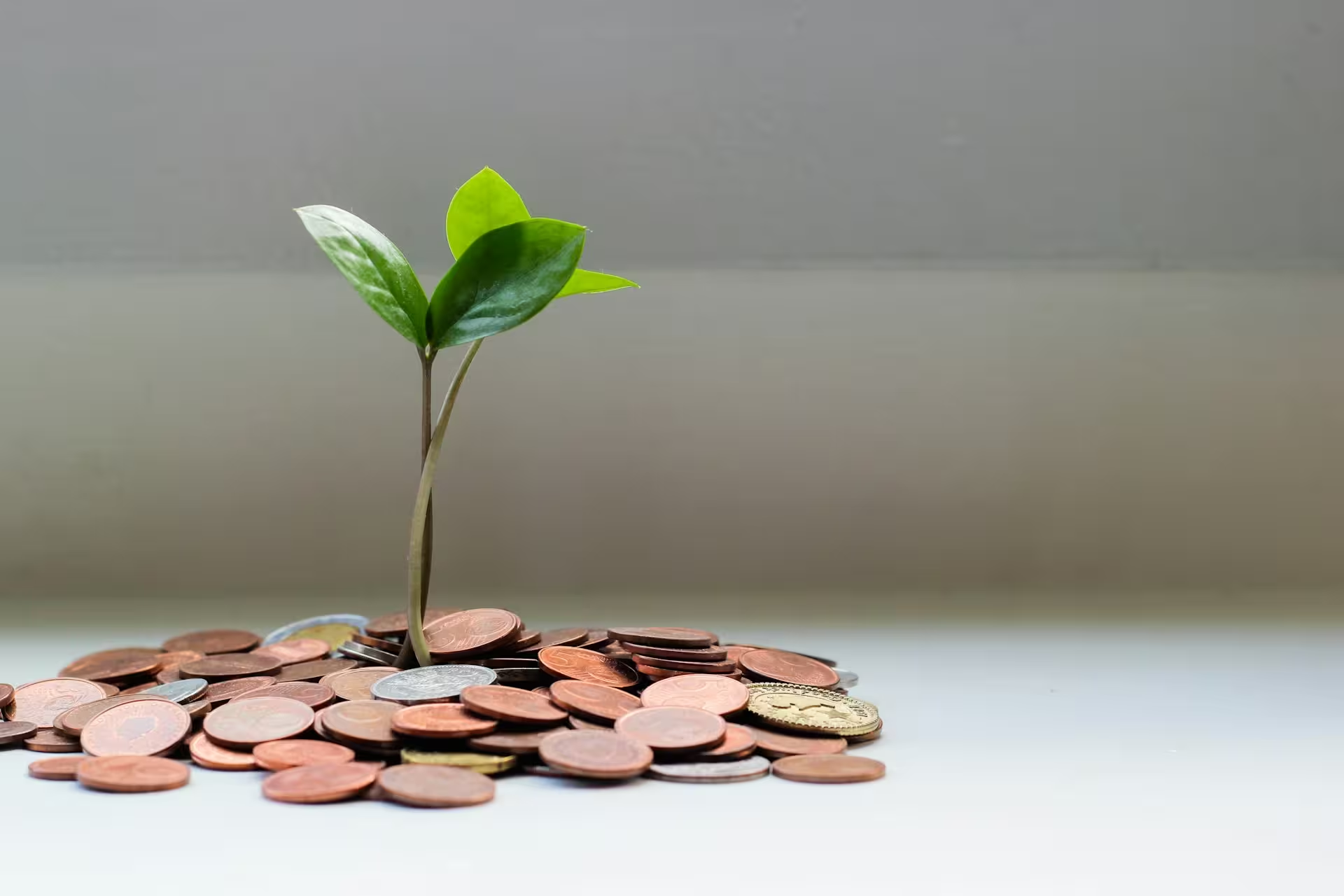What is the EUA Primary Market?
Summary
The European Union Emissions Trading Scheme (EU ETS) controls emissions by issuing European Union Allowances (EUAs) through free allocation and daily auctions. As climate ambition increases, fewer free allowances will be issued, and the emissions cap will reduce, promoting decarbonization while maintaining socio-economic stability. This system facilitates buying carbon allowances and investing in carbon exchanges within the European carbon market.
European Union Allowances (EUAs) are issued by the European Commission, which either allocates them for free or sells them through auctions. This is what we call the European Union Emissions Trading Scheme’s (EU ETS) primary market.
A primary market for emissions control
The EU ETS is designed to function both as a policy tool and a financial market, which gives it a distinctive structure. Its objective is to control and decrease emissions, so regulators set a cap on the total volumes of CO2 allowed. To do this, they manage the supply of emission allowances, which they distribute in what is called the primary market.
[[cta-nl]]
Gradual issuance of allowances
Instead of releasing all European Union Allowances (EUAs) for a given year at once, they are distributed gradually through daily issuances. This method supports better price discovery, ensures a steady supply of allowances, and helps maintain market stability.
Most allowances are sold thought auctions
The major method for distributing EUAs is through daily auctions, hosted by the European Energy Exchange (EEX). In these auctions, allowances are sold using a sealed-bid structure. This process is effective for price discovery, as it lets market participants submit bids based on the current market conditions. Additionally, regulators manage this primary marketplace carefully to prevent excessive price fluctuations that could destabilize the market.
[[cta-discover]]
Some allowances are distributed for free
The other method regulators use is to allocate a portion of carbon allowances for free to installations. They first determine the total number of free EUAs available across the EU, then allocate a specific share to each member state. Each country is responsible for deciding how and when to distribute these free allowances to installations within their borders.
An increasing climate ambition, a decreasing supply of allowances
As the EU's climate ambitions grow, fewer free allowances will be issued, making sure that every installation pays for every tonne of CO2 they emit. For most installations, there will be no more free allowances by 2030. Also, the increasing climate goals will accelerate the reduction of the emissions cap each year, leading to the end of auctions by 2039 under the current regulations.
The dual facet - free EUA distribution and auction sales - of the EU ETS primary market ensures that the supply of EUAs is carefully monitored. This supports effective decarbonization efforts while also taking necessary precautions to maintain a stable socio-economic environment in the EU.


.avif)


.avif)

.avif)




